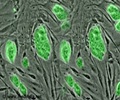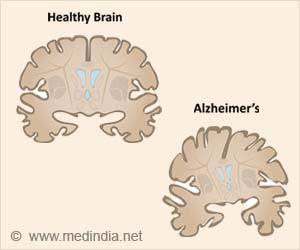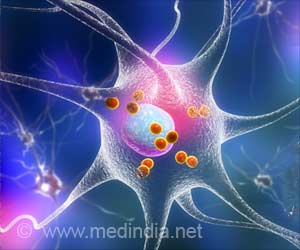Embryonic mouse heart has the capacity to regenerate, a phenomenon that has thus far been attributed to non-mammalian species, an international team of researchers has revealed.
In their research paper, published in the journal Developmental Cell, the researcher write that their study suggests that the embryonic heart can replace diseased tissue through compensatory proliferation of healthy cells.Disorders of the mitochondria, a cell structure required for energy production, are one of the leading causes of fatal early onset cardiomyopathies.
Professor Timothy C. Cox and his colleagues from the University of Washington in Seattle set out to probe how mutations, which interfere with mitochondrial function, impact the heart during development
The researchers used a heart-specific knockout approach in mice to inactivate a gene crucial for normal mitochondrial function.
Their experimental methods established embryonic female mice with mosaic hearts composed of mixed cell populations: half normal and half "diseased".
However, at birth, the diseased cells represented only about 10 per cent of the cardiac tissue.
Advertisement
Despite normal cardiac function early in life, according to the team, over 40 per cent of adult mice prematurely developed cardiac pathologies, which might indicate a hitherto unsuspected embryological origin for early onset cardiac disease in humans.
Advertisement
"To the best of our knowledge, this represents the first in vivo demonstration of selection against diseased tissue during embryonic heart development," the researcher added.
Based on their observations, the researchers came to the conclusion that some cell populations within the heart were better able to regenerate than others, and that those others were likely to be the source of later pathology.
Source-ANI
RAS/SK













